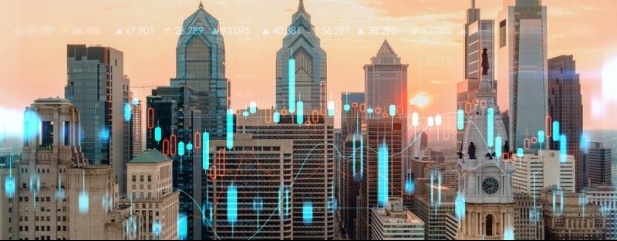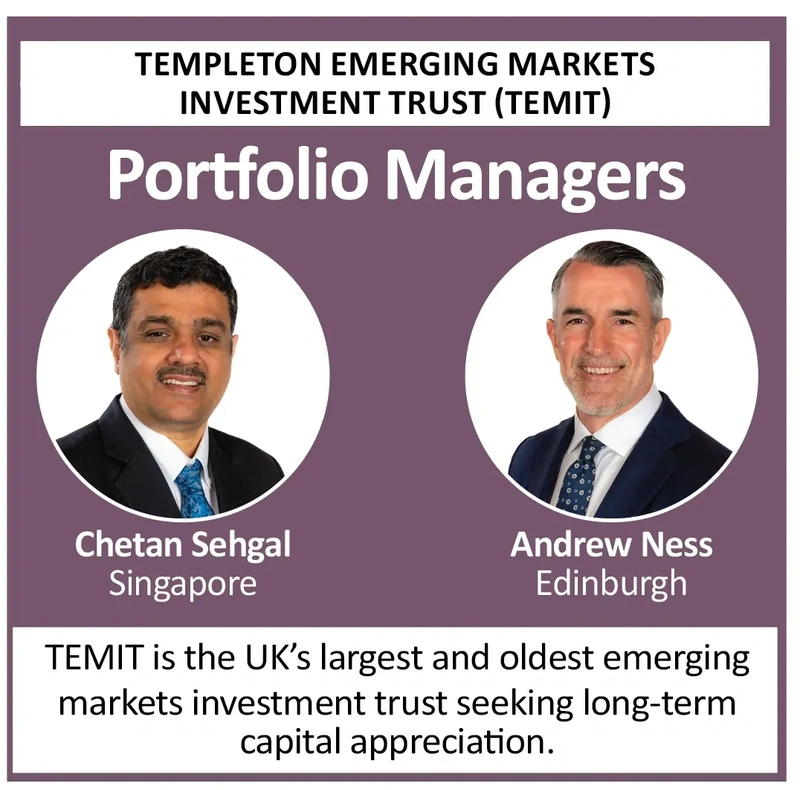Archived article
Please note that tax, investment, pension and ISA rules can change and the information and any views contained in this article may now be inaccurate.
Emerging markets: semiconductor surge, electric vehicles and Egypt

1. Semiconductors in focus: The semiconductor sector, as represented by the Philadelphia semiconductor index, posted a 10% gain in February. This reflected renewed optimism surrounding artificial intelligence (AI) chips and their associated applications. Asian chipmakers, which are responsible for manufacturing most of these chips, posted similarly strong gains in the month. This blistering pace of gains may not be repeated in March, but sentiment toward the sector for now remains positive. We are constructive on a broad-based recovery in semiconductor demand in 2024.
2. Electric vehicle (EV) slowdown: The EV sector has been under pressure in recent months despite rapid growth in 2023. Chinese EV demand rose 36% to 7.7 million units, and demand in the United States rose 58% to 1.5 million units last year.2 Looking ahead, price sensitivity in the United States and irrational range anxiety (the average trip by a US car owner is less than 50 kilometres) is slowing capital investment plans and lowering sales forecasts for 2024. Predictably, this has a negative impact on share prices. Nevertheless, our long-term outlook for the sector remains optimistic. We expect input costs – especially for batteries – to decline, leading to improved cost competitiveness against internal combustion engine vehicles.
3. Egyptian capital infusion: Egypt has been struggling economically in recent months due to an influx of refugees from Gaza, and Houthi attacks in the Red Sea which have disrupted shipping traffic in the Suez Canal. Egypt is expected to agree to an extension and possible increase to its $3 billion loan program with the International Monetary Fund in the coming weeks. This follows a recent agreement with the United Arab Emirates (UAE) to invest $35 billion to develop Egypt’s Mediterranean coast area Ras El-Hekma. The investment hopes to double foreign tourist arrivals to 30 million by 2030. While there may be a devaluation in the official exchange rate once the IMF loan is agreed upon, the UAE investment should boost confidence in the long-term prospects for the economy.
Important information:
These articles are provided by Shares magazine which is published by AJ Bell Media, a part of AJ Bell. Shares is not written by AJ Bell.
Shares is provided for your general information and use and is not a personal recommendation to invest. It is not intended to be relied upon by you in making or not making any investment decisions. The investments referred to in these articles will not be suitable for all investors. If in doubt please seek appropriate independent financial advice.
Investors acting on the information in these articles do so at their own risk and AJ Bell Media and its staff do not accept liability for losses suffered by investors as a result of their investment decisions.
Issue contents
Ask Rachel
Daniel Coatsworth
Editor's View
Feature
- Why the Taiwanese market is more than just TSMC
- Emerging markets: semiconductor surge, electric vehicles and Egypt
- Small world: a look at some of the month’s interesting small-cap stories
- Sweet like chocolate: the total return stocks profiting from the sale of tasty treats
- Invest in fantasy: The power of imagined worlds and the ways to play them
Great Ideas
News
- Activist investor buys into Scottish Mortgage as buyback is announced
- Next shares reach new all-time high as earnings top estimates
- Dowlais shares skid to record low on bumper provision
- Markets move higher on more ‘dovish’ central bank comments
- Why Apple US antitrust probe has spooked investors
- Gold and stocks scale new heights after dovish Fed meeting
 magazine
magazine









